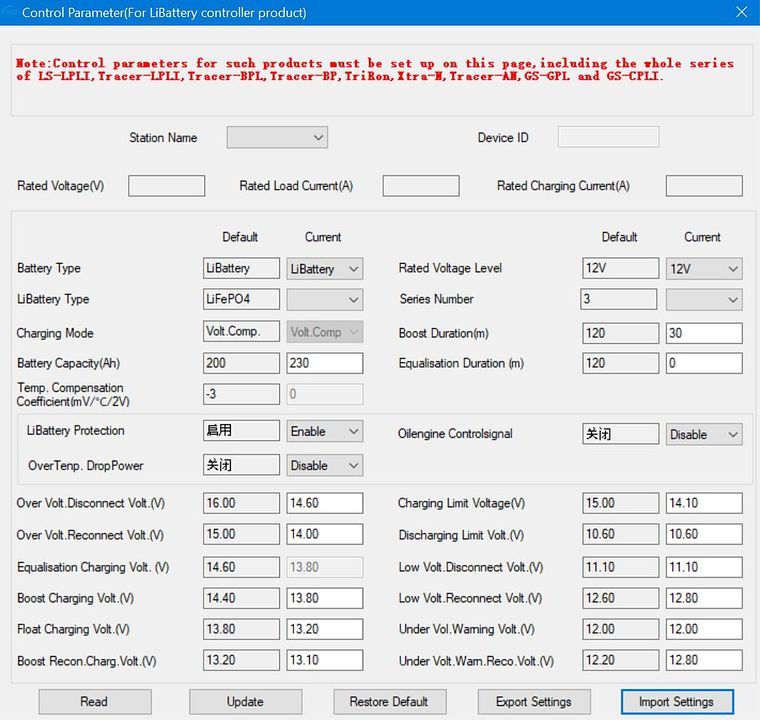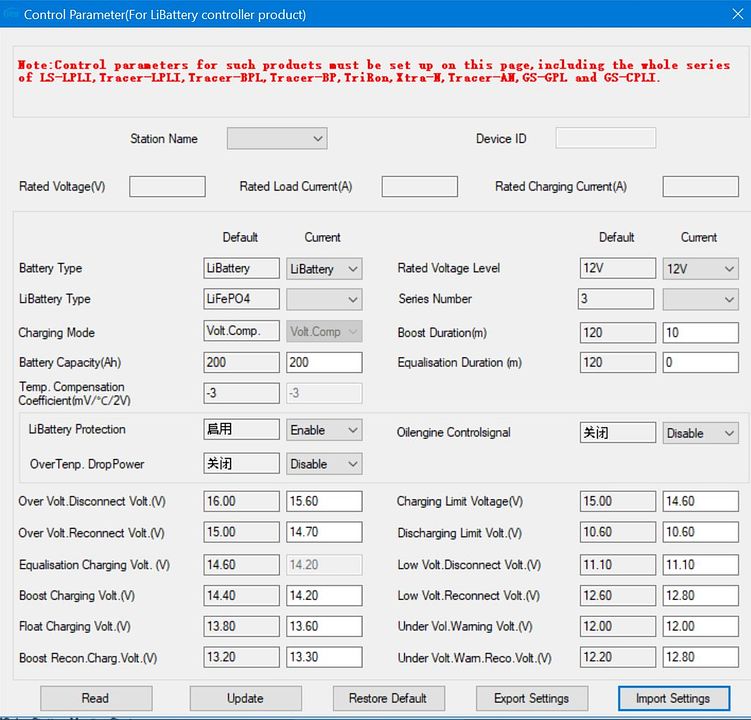mystic pizza
New Member
- Joined
- Jun 20, 2021
- Messages
- 134
Thanks for that. I didn't know it switched to PWM mode at all, but could explain what is happening.I will guess that your "problem" consists of the controller switching between MPPT and PWM mode, very likely inspired by setting "Boost Voltage" and "Float Voltage" the same. Your "Boost Return" Voltage is also a significant parameter WRT the operation of the MPPT controller.
In PWM mode, the rapidly cycling "straight-through" connection pulls the measured PV voltage down, to be only slightly above the desired battery charge voltage. While the batteries become more charged, the proportion of "disconnected" time increases, and PV voltage being shown will tend to increase. It is IMO an error of design to show "PV Voltage" from the connected state value, but that seems to be what it's doing.
This was SWAG, of course. In this scenario, the fact that only 2-3 watts of power was being pulled was probably also a factor in the controller abandoning MPPT mode.
It seems to be very fussy with the settings, i'm not even sure the boost/float works very well. It seems to go into "float" charge mode but still continue to supply current to the batteries when they are not full.
They appear to do that based, not on the battery voltage, but the charge voltage, but do eventually float when the battery is full.
I am not sure the controllers are as well designed as they could be.




